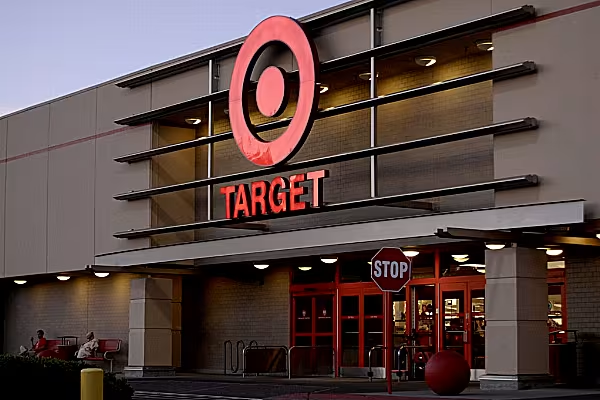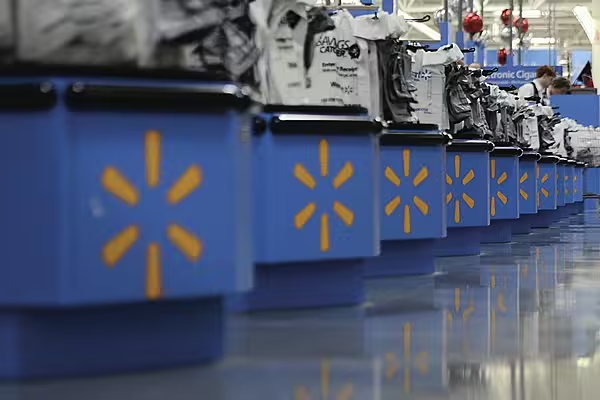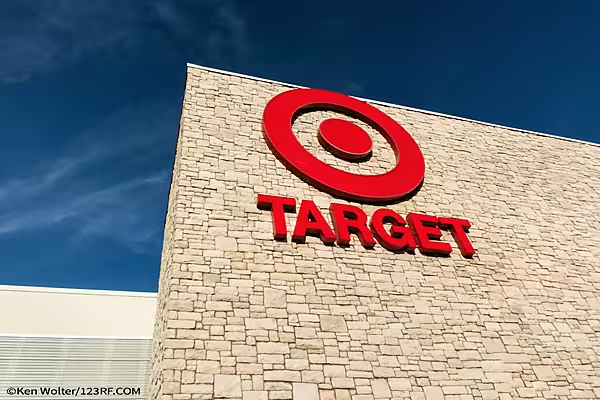Target Corp. is stepping up its plan to remodel stores and push into more city centres, a bid to regain its cachet and fend off incursions by Wal-Mart Stores Inc. and Amazon.com Inc.
The retailer now plans to revamp more than 1,000 locations by the end of 2020, part of a sweeping overhaul of its operations. The Minneapolis-based company had previously said it was remodeling 600 stores by 2019.
Smaller Stores
The strategy includes opening dozens of smaller stores in places like New York, Los Angeles, Chicago and Philadelphia -- and pairing those locations with web-friendly services like same-day delivery. On Thursday, Chief Executive Officer Brian Cornell helped unveil a store in Manhattan’s Herald Square, its eighth in the Big Apple, not far from the Macy’s Inc. flagship.
“Guests are rewarding us with more traffic and we’re driving increased sales,” said Cornell, a New York native, said at the event. “It’s given us confidence to move forward aggressively.”
Target is opening 11 small-format stores this week to bring its total to 55, and it plans to have 130 nationwide by the end of 2019. The company also is rolling out its Restock program across the U.S. next year. That service lets customers have essentials like toothpaste delivered the next day, for a fee. Also coming next month is a new store brand: Hearth & Hand, a range of home-decor items designed in collaboration with Chip and Joanna Gaines, stars of the home-improvement reality show “Fixer Upper.”
The Herald Square store spans two floors and should cater to the legions of tourists and commuters in the area, said Tony Roman, a senior group vice president who oversees New York-area stores. The beauty and food sections are outsized, and the store features exclusive product displays from local artists as well as the city’s MoMA museum.
It has 16 self-checkout kiosks, with only six traditional cashier stations. Shoppers who live in Manhattan can get items home-delivered that same day, for fees that range from $6.95 to $15.95.
Sales Potential
Small-format stores generate at least twice as much in sales per square foot for Target, though they’re costlier to operate -- partly because they have to take deliveries of essentials like bread more often. The company also has to pay more for real estate in city centers. Still, the locations provide an edge over Wal-Mart, which abandoned a small-format program in recent years.
Target also seeks to meld its smaller stores into the local environs, such as in Brooklyn’s Bensonhurst neighbourhood, where Target opened in a 1920s-era theatre and maintained the original marquee outside.
News by Bloomberg, edited by ESM. Click subscribe to sign up to ESM: The European Supermarket Magazine.














